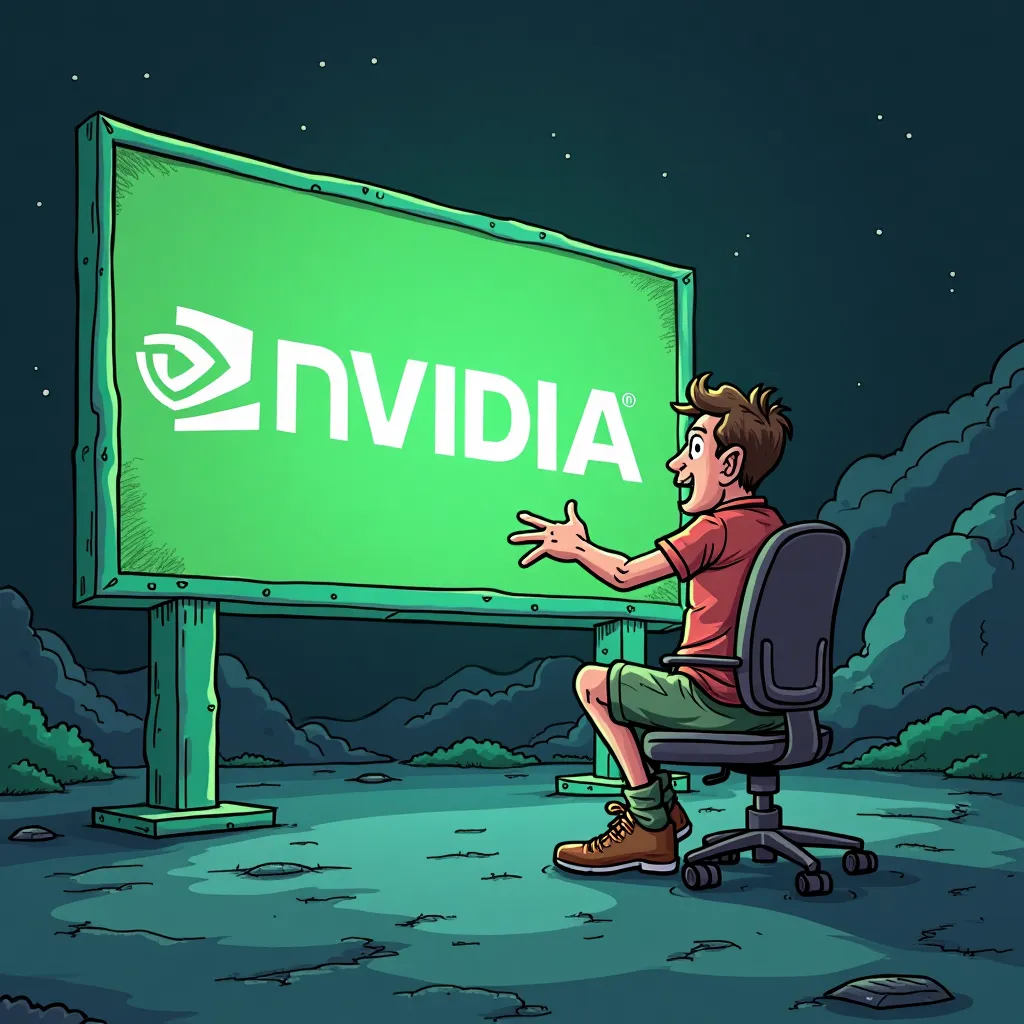A Bold Prediction for Nvidia’s Future: Can the Chipmaker Deliver?
Imagine investing just $100 in Nvidia at the start of 2023 and watching it balloon to $830 today, thanks to the AI revolution. But one analyst, Phil Panaro, believes the best is yet to come, forecasting a staggering jump from $120 to $800 by 2030. To achieve this, Nvidia’s revenue would need to soar from $61 billion in fiscal 2024 to a whopping $600 billion in 2030.
So, what’s driving this optimism? According to Panaro, the key catalysts are the continued growth of AI and the upcoming release of Nvidia’s next-generation Blackwell processors. But can these factors really propel the company to such unprecedented heights?
Nvidia’s CEO, Jensen Huang, is confident that accelerated computing will be a long-term growth driver. By transitioning from traditional central processing units (CPUs) to graphics processing units (GPUs), data centers can reduce computing costs by a staggering 90%. This shift is not only faster but also more sustainable, thanks to GPUs’ smaller energy footprint.
The demand for data center accelerators is expected to grow at a compound annual rate of 28% over the next five years, and Nvidia is poised to dominate this market. The company already controls 98% of the data center GPU space, making it well-positioned to capitalize on this secular growth trend.
Nvidia’s Blackwell AI GPUs are also generating significant buzz, with demand outpacing supply and expected to continue into next year. The company’s revenue estimates have received a significant boost, with analysts predicting a top line of $207 billion in fiscal 2027.
To reach $600 billion in revenue by 2030, Nvidia would need to maintain an annual growth rate of 30% over four years. While this is an ambitious target, the company’s presence in multiple fast-growing markets, including AI chips, digital twins, and cloud gaming, makes it a plausible goal.
If Nvidia does hit $600 billion in revenue, its stock could deliver returns of up to 561% from current levels, assuming a price-to-sales ratio of 32. However, if the company’s valuation returns to a more reasonable level, its market cap could still jump to $4.8 trillion, delivering 61% gains from current levels.
Before investing in Nvidia, it’s essential to consider the bigger picture. While the company’s growth prospects are undeniably exciting, it’s crucial to maintain a balanced portfolio and diversify your investments.


Leave a Reply